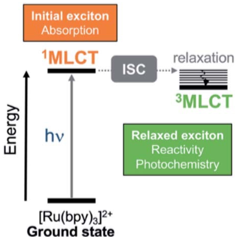Recent work out of the group of Martin Smith at Loughborough University presents the possibility of cleaving a P-P bond at an iridium(III) metal centre by adding an AuCl unit.
Computations elucidate the underlying energetics and rationalise the results using the natural bond orbitals (NBO) approach.

You can find the full text as an Advance Article in Chem. Commun.: Reversible P–P bond cleavage at an iridium(III) metal centre.
